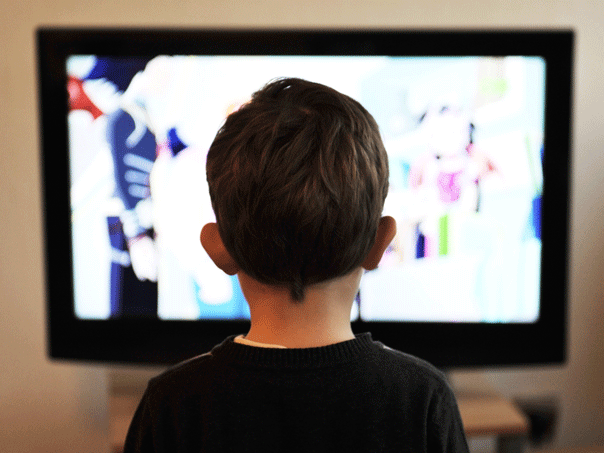15 October 2020
3 min read
#Technology, Media & Communications
Published by:

Australian TV’s content quota system, and funding of screen agencies, have been revamped in the government’s federal budget. Screen Australia is set to receive an extra $30 million over the next two years to boost Australian documentaries and dramas, while the Australian Children’s Television Foundation will receive an extra $20 million over the next two years.
The Producer Offset, which provides producers with a tax refund for part of their production budget, will now be set at 30 per cent for both eligible domestic feature films and TV production. This move has harmonised the offset across TV and film, but means that the offset for feature films has been cut from 40 per cent to 30 per cent, while the rate for television programs increases from 20 per cent.
Though the Producer Offset has been brought into line with the PDV (Post, Digital and Visual Effects) Offset at a rate of 30 per cent, the government’s changes demonstrate a preference towards continuing to top up the existing Location Offset when seeking to attract large budget international productions to Australia.
This change in funding is part of a major overhaul to the regulation of Australian television, which has long been regulated by a system of Australian content quotas. Under the existing quota system, broadcasters are required to broadcast 260 hours of children’s TV per annum, including 32 hours of first-run children’s drama programming and a minimum of 130 hours of Australian preschool programming.
As children’s viewing habits have increasingly moved from traditional TV to online content, broadcasters have been pushing the government to remove this requirement, arguing that broadcasting this content was not profitable or viable, and the government has agreed to remove it. However, there is a concern that this may significantly decrease the availability of new Australian children’s television on free TV in the future.
Commercial television networks will still be required to broadcast 55 per cent of Australian content overall between 6am and midnight on their primary channels and to provide 1,460 hours of Australian content per annum on their multi-channels.
Subscription television providers such as Foxtel face a different set of regulations to traditional broadcasters. Foxtel was previously required to spend 10 per cent of its drama program expenditure on Australian productions, but under the new changes, this is being reduced to 5 per cent from 1 July 2021.
Streaming operators, such as Netflix, Amazon Prime and Stan, unlike television networks, will not have any substantive content quota requirements. This decision has been strongly criticised by the Australian screen production industry, particularly as audiences continue to shift their viewing habits towards on-demand streaming services and those services are not subject to any local content requirements. Although the streamers will be required to report on their expenditure on local programs, there is no specified minimum amount at this stage.
By way of contrast, in 2018, the European Parliament voted in favour of content regulations which require streaming platforms to ensure that at least 30 per cent of their catalogues have content sourced from European countries.
Despite the significant concerns of the Australian screen production industry, these changes represent a ‘minimal intervention’ approach which was outlined as one of the four ‘Options for Change’ in the government’s Options Paper (Paper) released in March 2020. In particular, this approach, which imposes no requirements on streaming services, is seen by many local producers as not addressing some of the key objectives set out in the Paper, namely that:
The government has described these changes to the quota system as an initial measure and is still considering whether to impose local content requirements on streaming platforms. The changes have been welcomed by Australia’s free-to-air commercial television broadcasters.
Author: Dan Pearce
Disclaimer
The information in this publication is of a general nature and is not intended to address the circumstances of any particular individual or entity. Although we endeavour to provide accurate and timely information, we do not guarantee that the information in this newsletter is accurate at the date it is received or that it will continue to be accurate in the future.
Published by: